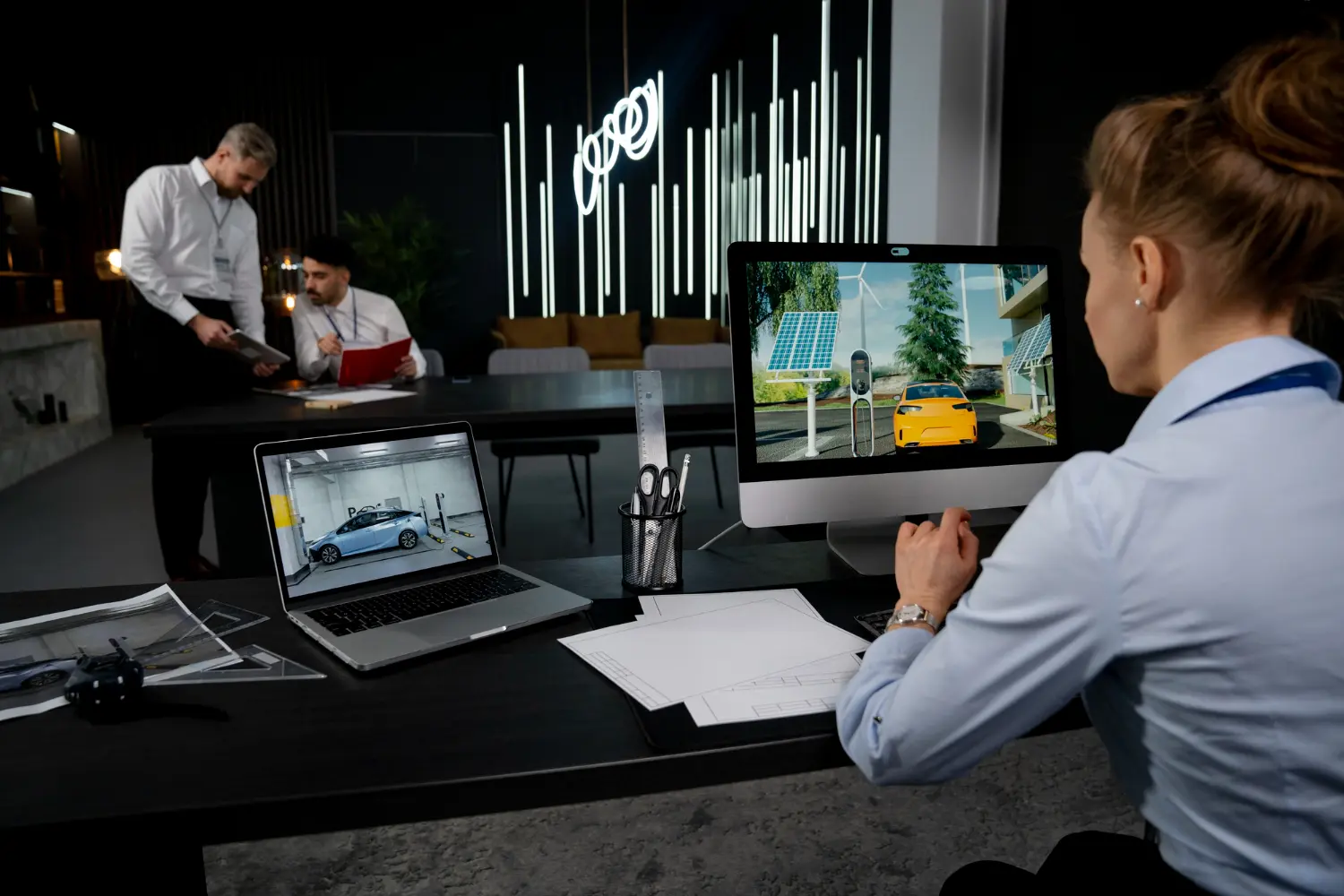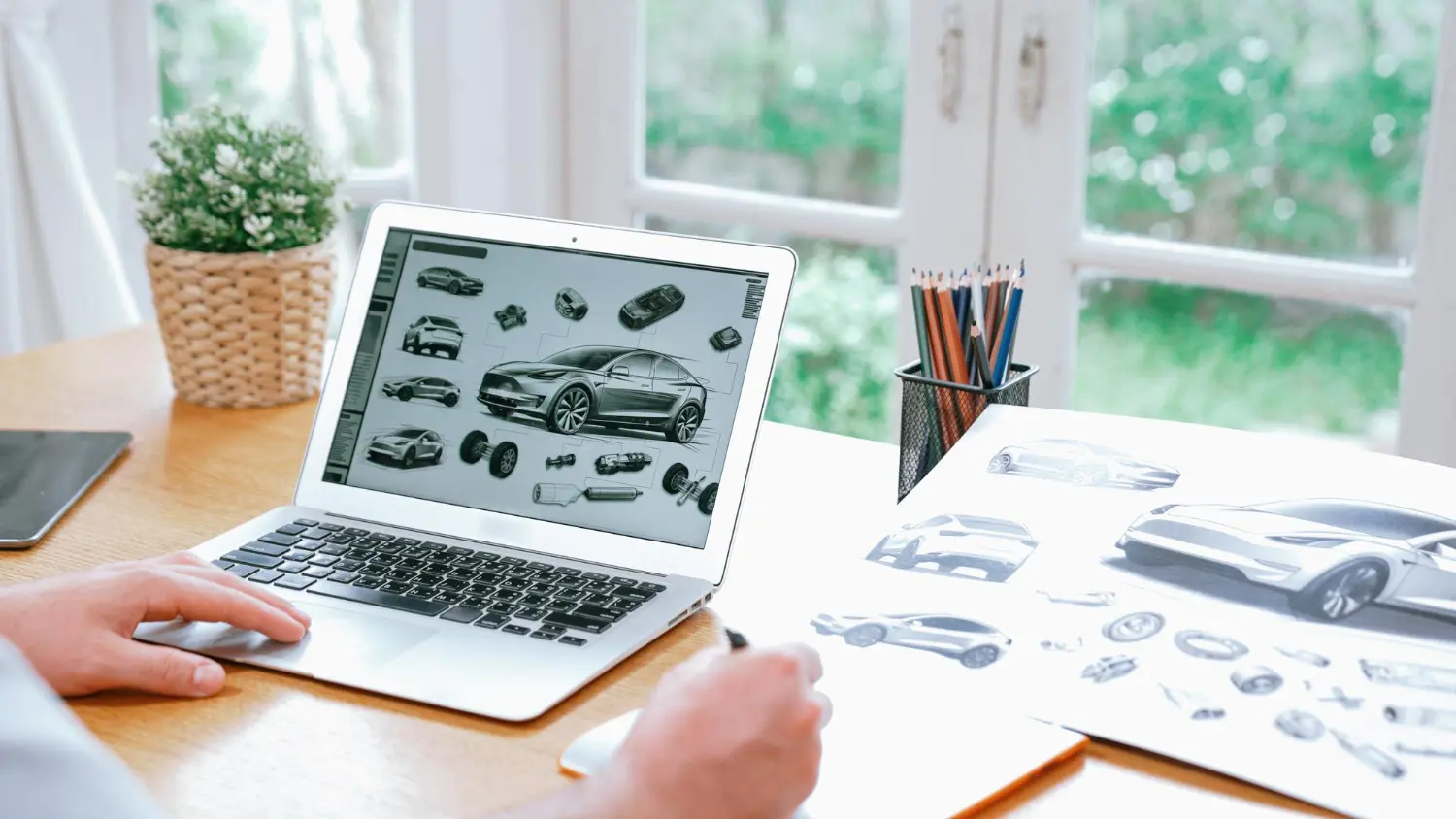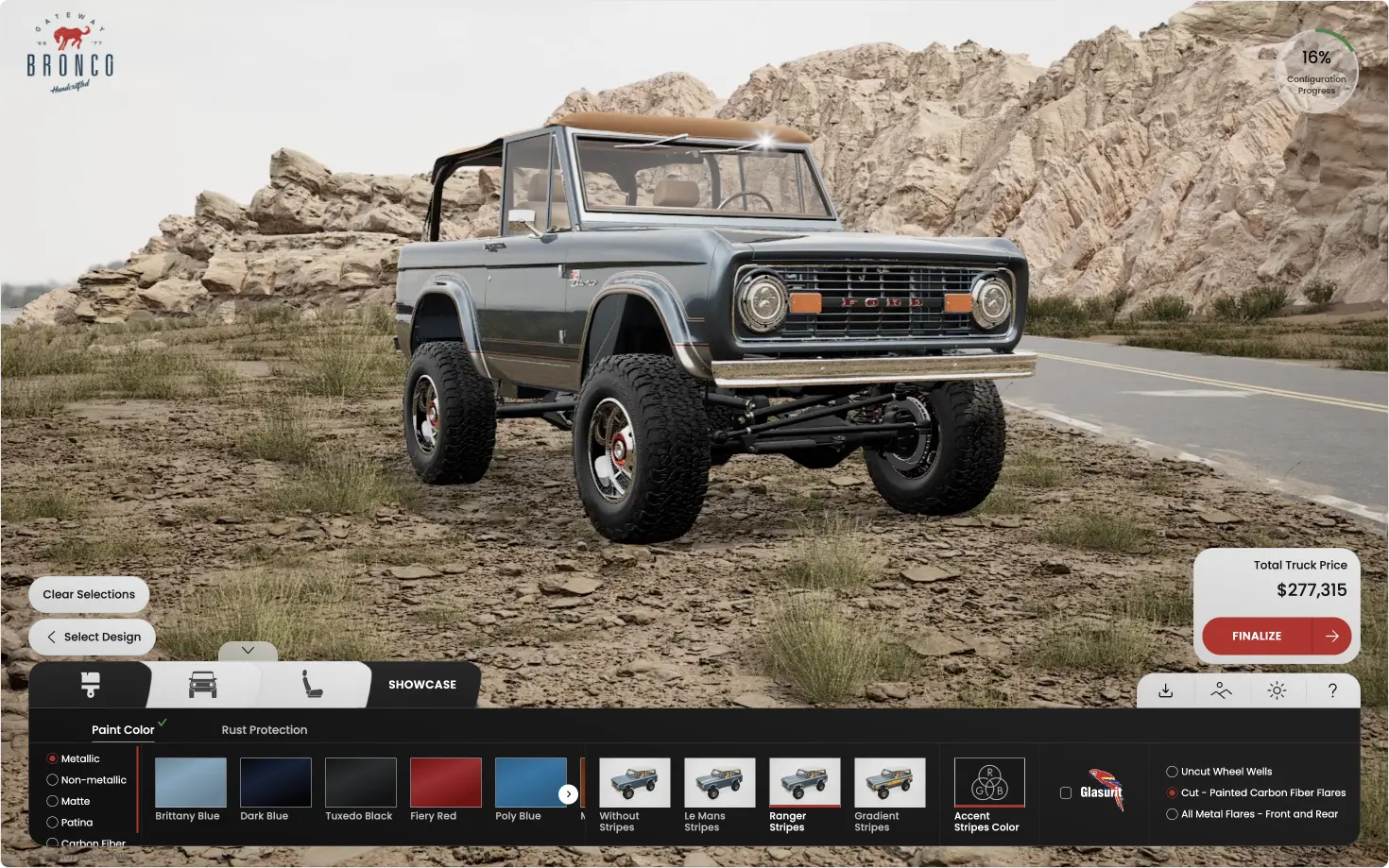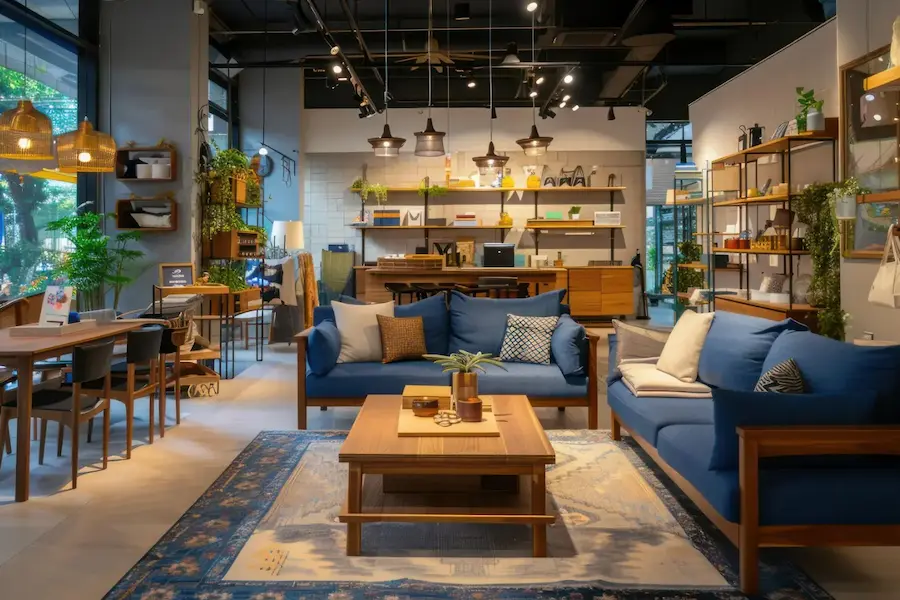3D car rendering has reshaped the automotive industry, offering a precise, efficient, and visually compelling way to present vehicle models. By utilizing advanced digital tools, this technique allows manufacturers and designers to create lifelike images that enhance marketing, design reviews, and consumer engagement. As the technology evolves, the demand for realistic and versatile 3D car renders continues to grow, highlighting its importance in modern automotive workflows.
Key takeaways
-
3D car rendering enables detailed visualization of vehicles in various environments without the logistical burden of traditional photography.
-
Automotive rendering produces photorealistic images that are crucial for marketing, saving time and costs.
-
The process combines 3D models, lighting, and virtual backgrounds, making it adaptable for multiple uses.
-
Car rendering helps companies showcase every detail of their vehicle designs, from color variations to trims.
-
Real-time rendering technologies are driving innovations in interactive and customizable car visuals.
What is a 3D car rendering?
A 3D car rendering provides a detailed, photorealistic image of a vehicle using advanced 3D modeling software. It meticulously replicates the look of a real car, capturing intricate details like material finishes, reflections, and lighting effects. By utilizing 3D car rendering, manufacturers, marketers, and designers can create visuals that closely mimic traditional photography without the need for physical vehicles or elaborate photo shoots. This method not only streamlines the production of marketing materials but also allows for extensive customization, meeting diverse visual needs with unmatched flexibility.
In automotive rendering, digital vehicle models are manipulated to display every aspect of a car’s design. The process is tailored to produce various outputs, from static images used in ads to dynamic scenes that showcase different vehicle configurations. The ability to adjust settings like lighting, camera angles, and environments in real-time is one of the key advantages that set automotive rendering apart from other visualization methods.
How automotive rendering works
The core of automotive rendering lies in creating a detailed 3D vehicle model that accurately reflects a real car's shape, textures, and finishes. Designers start by importing this model into specialized software, such as Blender, 3DS Max, or Unreal Engine. The model is then placed within a virtual environment, which could range from a simple studio setup to a complex outdoor scene rendered with HDRi maps. These maps provide realistic lighting and reflections, crucial elements in achieving a lifelike appearance.

Lighting is a crucial player in 3D rendering, as it determines how the vehicle interacts with its surroundings. By using HDRi maps, which contain real-world lighting data, designers can create scenes that feel genuine. The software then simulates how light behaves in the environment, producing realistic shadows, highlights, and reflections on the vehicle’s surfaces. Techniques like image-based lighting and global illumination are sometimes used in order to further enhance the render’s depth and realism.
Sophisticated rendering engines process the scene, allowing designers to adjust elements like materials and camera angles. Real-time rendering capabilities, particularly in software like Unreal Engine, provide immediate feedback, enabling rapid iterations and experimentation. This flexibility makes 3D car rendering an essential tool in modern car design and marketing.
Techniques for creating realistic 3D car renders
Achieving realistic 3D car renders requires attention to detail and a blend of various techniques:
-
High-quality modeling: Starting with an accurate 3D vehicle model is fundamental. Models are often created from CAD data, ensuring that dimensions and design elements are true to life.
-
Precise lighting: Using HDRi maps and other lighting tools helps replicate the exact conditions found in real-world environments. This step is essential for matching reflections, shadows, and overall lighting dynamics.
-
Environment matching: Placing the car in a suitable virtual setting is key to enhancing realism. Whether it's a studio, a city street, or an open landscape, the environment must be tailored to the vehicle's intended presentation.
-
Material adjustments: Fine-tuning materials such as paint, metal, and glass ensures that textures respond realistically to light. Shaders are used to simulate different finishes, from glossy to matte, helping to bring the vehicle model to life.
-
Post-processing enhancements: After the initial render, editing software like Photoshop is used to refine the final image. This step can include adjustments to color balance, contrast, and additional effects like motion blur, adding a final layer of polish.
These techniques, combined with advanced rendering engines, allow designers to create images that are indistinguishable from traditional photography. As software continues to improve, the line between digital and real is becoming increasingly blurred, making more automotive companies jump ship in favor of high-quality 3D car rendering.
Benefits of a 3D car rendering
3D virtual car rendering services provide numerous advantages that go beyond traditional visualization methods. Some of these advantages include:
-
Cost efficiency. By eliminating the need for physical car setups, 3D car rendering significantly reduces production costs. Traditional photoshoots involve transportation, logistics, and setup, all of which are bypassed with digital rendering.
-
Versatility. Easily adjust colors, trims, and backgrounds, allowing companies to display various configurations without rebuilding the entire scene. This adaptability is particularly valuable in marketing, where visual consistency across multiple variations is crucial.
-
Speed. 3D car rendering speeds up the production of marketing assets, allowing brands to respond quickly to changes in design or market demands. Renders can be updated and revised without the delays associated with reshooting or editing physical photos.
-
Environmental benefits. Digital rendering also cuts down on a company’s carbon footprint, as shooting on-site often entails significant CO2 emissions. In fact, a recent study by the BFI found that an average film production creates enough carbon emissions to travel to the moon and back 11 times. Digital rendering strategies greatly lower film production emissions.

-
Enhanced control. From lighting adjustments to perfecting every reflection, rendering offers a level of control that physical setups can't match. Designers can create images that highlight every aspect of a vehicle model, ensuring that the final output meets the highest standards of visual quality.
-
Broader creative freedom. Rendered scenes are not limited by physical constraints. Designers can experiment with dramatic lighting, unconventional angles, and imaginative settings, pushing the boundaries of traditional car photography.
Real applications of 3D car rendering in the industry
One prominent application of 3D car rendering is real-time customization tools like our own 3D car customizer. This platform allows our client’s users to change vehicle features on the fly, adjusting colors, wheels, and accessories to see their personalized car in a realistic setting instantly. These tools are completely revolutionizing the car buying experience, making it more interactive and tailored to customer preferences.

3D car rendering also plays a significant role in advertising, where high-end visuals of cars are used long before the physical vehicles are available. Luxury brands frequently use this technology to quickly produce launch images, ensuring that their marketing campaigns can begin months ahead of the car’s release.
The use of automotive 3D configurators extends to virtual reality and augmented reality applications, where consumers can explore a vehicle’s interior and exterior in immersive environments. This technology allows potential buyers to interact with a car in ways that static images or videos cannot, offering a more engaging way to experience a vehicle model.
Another notable application is in design validation and review. Before committing to production, manufacturers can use renders to assess the visual impact of new design features, colors, or trim levels. This capability not only accelerates the design process but also helps catch potential design issues early, reducing costly revisions.
Conclusion
3D car rendering has become a cornerstone of modern automotive visualization, offering a blend of realism, efficiency, and creative control. From enhancing the marketing of new models to supporting design innovation, the impact of 3D car rendering is far-reaching.
We provide personalized, state-of-the-art tools for companies looking to leverage this technology that bring vehicle models to life in stunning detail. Contact us to see how 3D car rendering can elevate your automotive projects.






